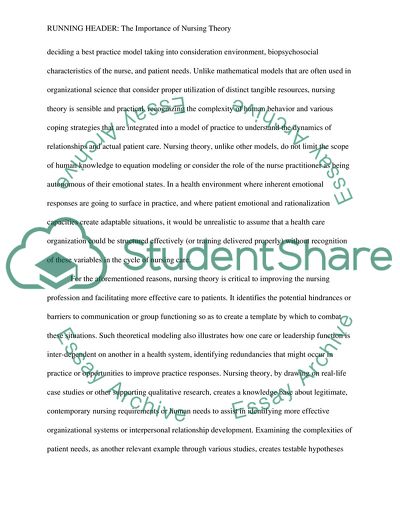Cite this document
(The Importance of Nursing Theory Research Paper - 1, n.d.)
The Importance of Nursing Theory Research Paper - 1. https://studentshare.org/nursing/1781797-the-importance-of-nursing-theory
The Importance of Nursing Theory Research Paper - 1. https://studentshare.org/nursing/1781797-the-importance-of-nursing-theory
(The Importance of Nursing Theory Research Paper - 1)
The Importance of Nursing Theory Research Paper - 1. https://studentshare.org/nursing/1781797-the-importance-of-nursing-theory.
The Importance of Nursing Theory Research Paper - 1. https://studentshare.org/nursing/1781797-the-importance-of-nursing-theory.
“The Importance of Nursing Theory Research Paper - 1”. https://studentshare.org/nursing/1781797-the-importance-of-nursing-theory.


